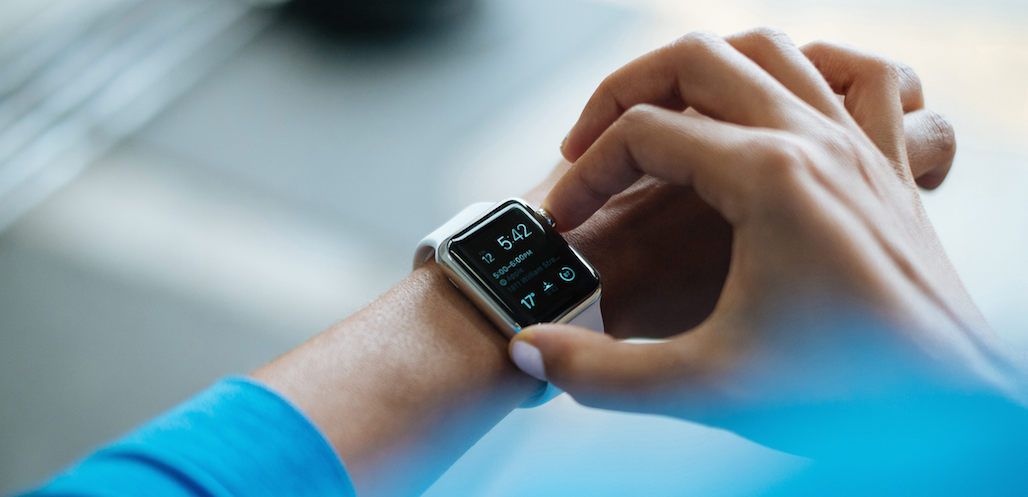Healthcare tech is improving how people manage their care. Experiences can now be taken out of the confines of hospital walls and integrated into patients’ lives with user-friendly, accessible applications and devices. To create these kinds of platforms for patient empowerment, though, requires a lot of careful, thorough, and sensitive research.
Challenges of UX in healthcare tech
This process starts with the challenging and timely task of recruitment – finding people who are truly your target audience, who are willing to open up about their medical issues, and who are available to interview.
What information do you try to gather during these interviews? Probing people’s thoughts, feelings, and attitudes towards their health goals and activities will provide the most valuable insights about your users.
The next challenge is what to do with the information you’ve gathered. Where are the gaps in your users’ stories? What needs can you identify? There will be differences between people at various stages of their healthcare – for example, someone who’s just been diagnosed and someone who has been fighting a condition for a long time. Figuring out what each group needs helps to find the windows where you can create positive behavior.
This is the biggest challenge of all – how do you use design to effect behavioral change? How can products motivate people to, for example, stick to their medication regimen? Great UX can help patients to self-manage and maintain their own health, but it all starts with talking to the users themselves.
We held a webinar on UX in Healthcare Tech in September 2016 with guest speaker Aimee Richardson, Lead UX Researcher at Kaiser Permanente. The topic was empathetic design and creating user experiences that effect behavioral change.
You can hear Aimee’s thoughts on these topics and more below, in the full recording of the UX in Healthcare Tech webinar:
Aimee’s slide deck from this presentation can be viewed here.





